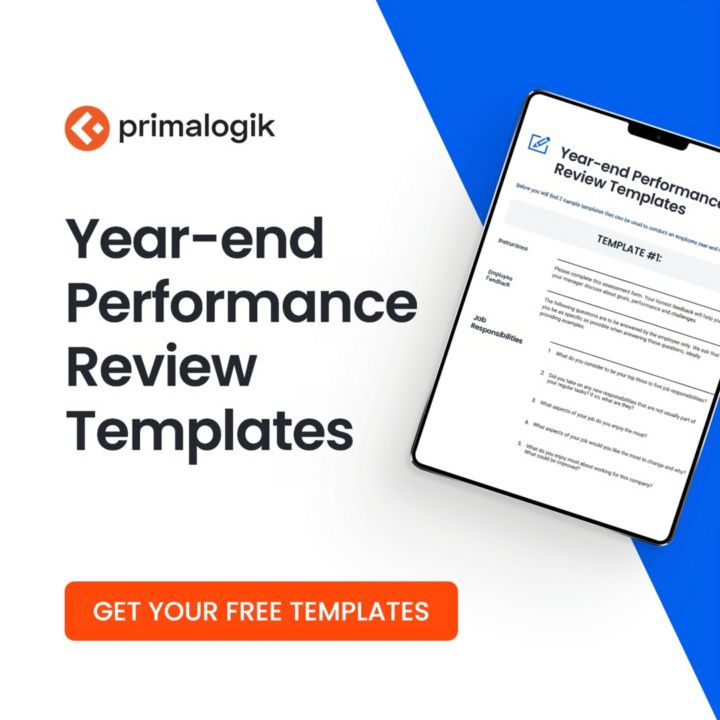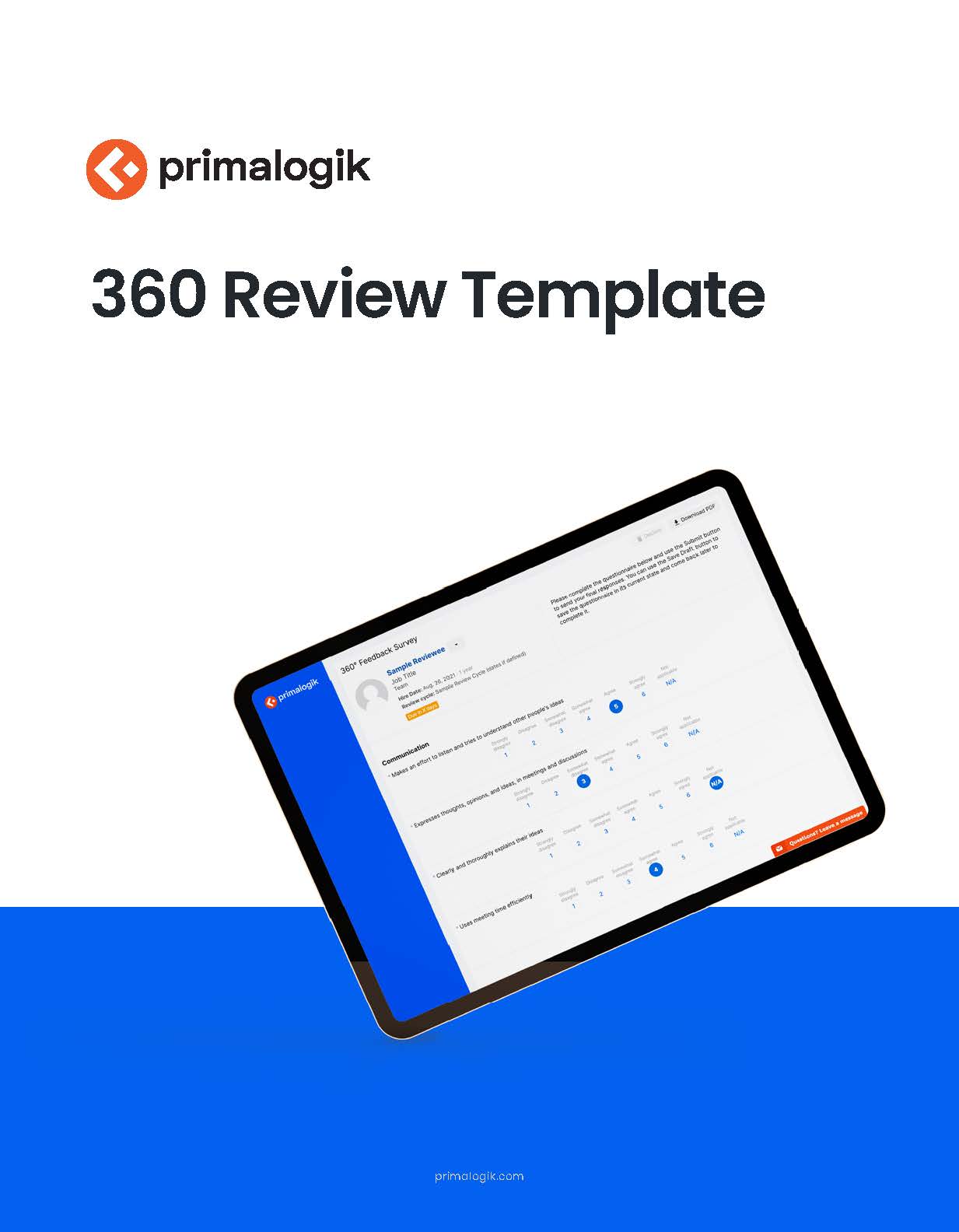Continuous Professional Development (CPD) is something that isn’t just for your employees’ benefit. A strong culture of CPD also offers a great deal to employers, so make it your responsibility to encourage it in your organization. While you’re going through the process of evaluating employee performance, consider how you can use CPD to improve their motivation and success.
Benefits of Continuous Professional Development for Employers
CPD is your employees’ investment into their future, and for you it’s an investment into their future within your organization. Think of the extra knowledge, abilities and skills that CPD gives employees. These are all excellent resources that will benefit the work they do for you.
Often, organizations are too concerned with wanting to develop only those employees they think will stay for the long term. Some even impose penalties for those who leave (requiring repayment of development costs if an employee leaves within a certain period of time). However, even if they leave your company, you still have an invested employee while they’re there. Someone that is likely to appreciate the support you’ve given them.
Effective CPD usually leads to more internal progression, which reduces the costs associated with hiring people into the more senior positions. It makes for a really positive working environment. Being known for internal progression lets you attract good employees, retain employees and keep employee satisfaction high.
How to Encourage Continuous Professional Development in your Employees
- Include it in your organization’s overall corporate strategy. Every department and decision-maker should have CPD in mind to make it a company-wide success. Including it in the overall corporate strategy gives you the best chance of success.
- Consider all price brackets. CPD is a worthwhile expense, and can be costly, so budgets need to be in place to cover it. On the other hand, don’t assume that just because something doesn’t cost a lot in financial terms, it isn’t worthwhile. Something like mentorship, where there isn’t a huge outlay from the training budget, used as part of CPD can be immensely valuable to all involved.
- Make it relevant and interesting. To get the most out of CPD, it should be valuable and enjoyable. If employees find it boring or arduous, they’re less likely to put the effort in and it becomes a waste of time. They need to be able to see the benefits to themselves, as well as to the organization.
- Make it personal to the individual employees. CPD is certainly not ‘one size fits all’. Look at your current strategy for evaluating employee performance. Does it include putting individual plans in place for each and every employee? Tailoring each person’s CPD to them as an individual might seem like a long process, but it’s definitely worth it in the long run.
- Keep up the momentum. If an organization is known among its employees to start projects by throwing resources at them, but letting them tail off into nothing, you’re likely to get a ‘not this again’ mentality with every new venture. Once you start a culture of CPD, it’s crucial to keep it going, and keep it a regular thing.





